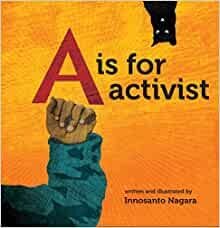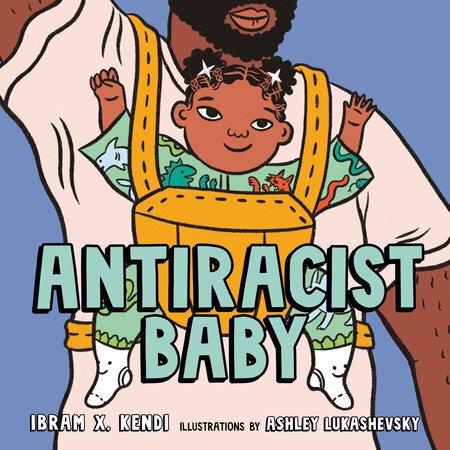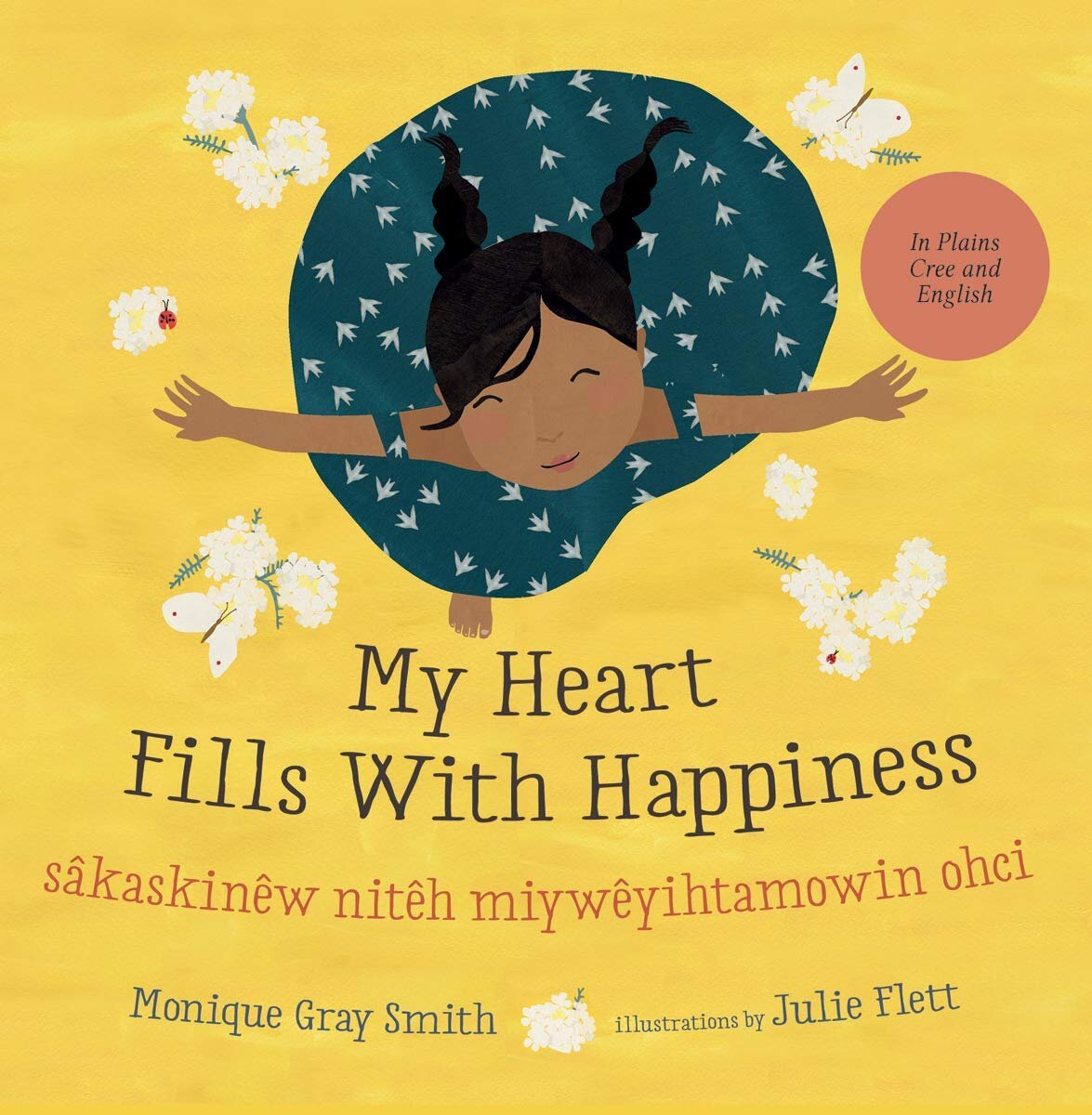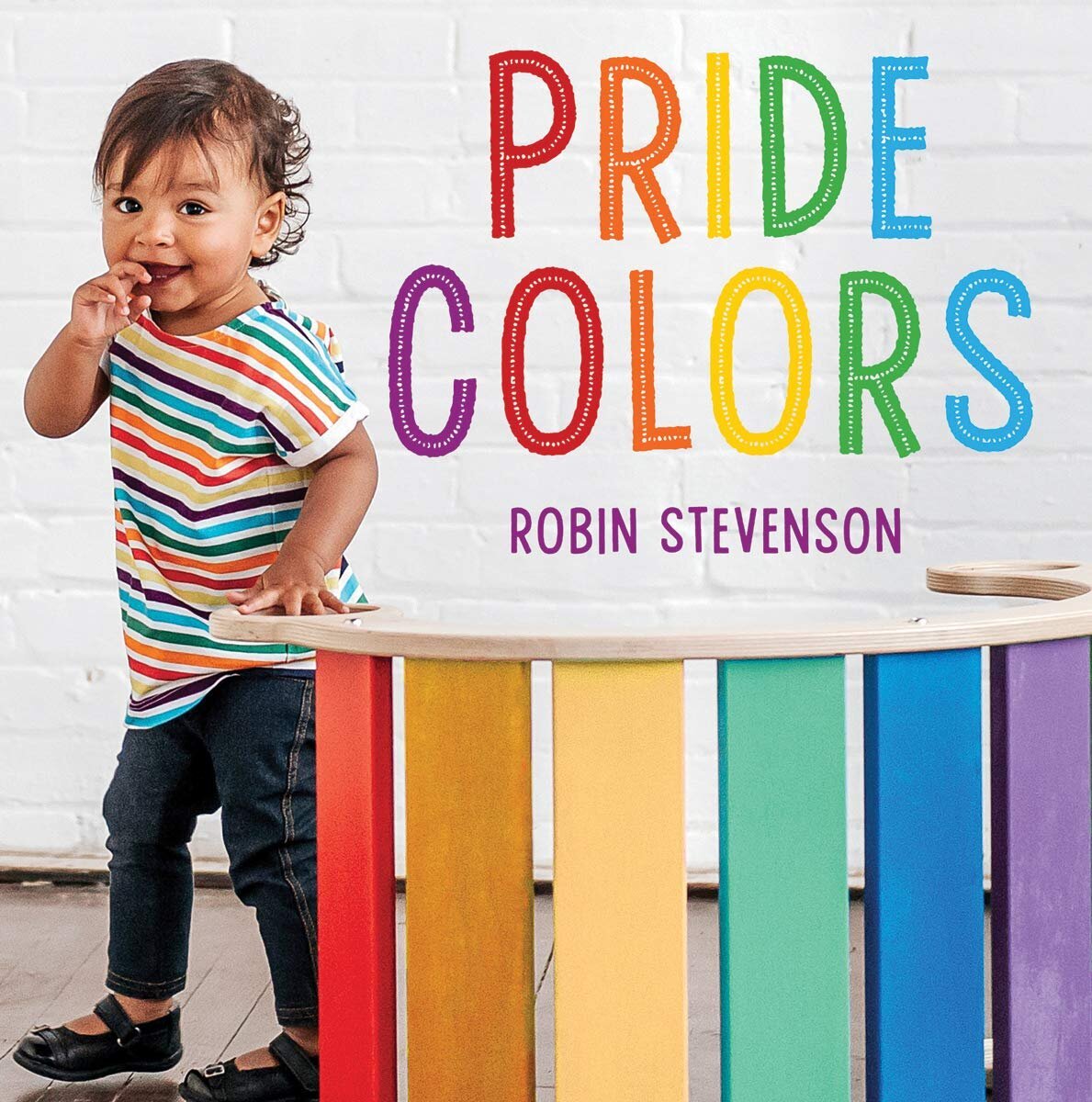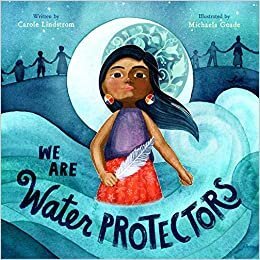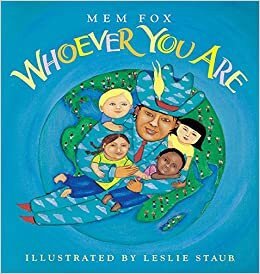Talking to Children about Race: From Birth to Pre-K
Here you are, the caregiver of a preschooler or an even younger child. Maybe you are a first-time caregiver. Maybe you are a caregiving pro. No matter, you are questioning how you’re going to begin a conversation, one that you know you should have and might not know how to start, or what is appropriate for the developmental level of your child. A conversation about race.
Our intention is to provide support for you to have this conversation, with our knowledge of race, racism, and bias as well as child development and emotional growth. This is not a definitive list, but it is a place where you can begin, with tools and resources to start a lifetime of conversations that are necessary and important.
Today, we’re focusing on talking with your children about race from birth through pre-k. Check back on the last Tuesday of each month for more information for talking to your elementary, middle, and high school-aged children.
This age is crucial for beginning the conversation with your children about race, ethnicity, and differences. A 2012 research study found that “prejudice begins around 3-6 years of age when children’s social cognitive ability is developing.” (1) Further research by Raabe and Beelman in 2011 showed that “children tend to show the greatest explicit levels of prejudice between four and seven years.” (2) From a young age, children are able to recognize race and begin to associate certain beliefs and values to race, and sometimes those beliefs can be negative.
The more intentional you are in having these conversations when your children are younger and the work you do in making your home and your actions anti-racist, the stronger foundation you lay for more in-depth conversations as your children grow older and begin to think more critically. Beginning these conversations early, and continuing to have them throughout your child’s life, can help your child observe differences within people without the shame and hesitancy that many of us adults feel when talking about race or racism.
Your Environment: People, Friends, and Acquaintances
Babies are beginning to process and understand stimuli at young ages. By two months, babies are already beginning to smile at people, pay attention to faces, and can recognize people at a distance. At six months old, babies know and recognize familiar faces, enjoy playing with others, and will begin to look around at the things around them. At one year of age, babies are able to copy gestures, imitate the sounds that they hear, and have not only favorite things but favorite people.
When babies have only been exposed to faces that look like their caregivers’ or their family, they begin getting the message early on that that’s all there is. Which, no matter how diverse your family is, just isn’t true! Children are hardwired to see their caregivers as their safety figures. The ways you respond to your babies by attuning to their emotions, meeting their needs, speaking softly and lovingly to them, and delighting in their very existence, show them you are safe. This also shows that people who look like you are safe. If children are not exposed to friendly faces other than their caregivers, they may not associate those different faces with “safe” or “friendly”. This is not to say they associate faces that do not look like them to be unsafe or scary, their worlds are just small unless they are exposed to stimuli to widen their understanding of the world.
Of course, in the middle of a COVID-19 pandemic, socializing with anyone is a bit of a challenge. And, chances are, your best friend’s family whom you’ve podded up with probably looks a lot like you. That’s no problem, you can’t change the socially distant world we are in right now. Books and other media can fill the gap for now.
Make sure that you are also talking with those who are actively a part of your child’s life about the messaging and rhetoric you do and do not want your child to hear. This should not only include your family, but also any other adults who provide care to your young ones. See below for more information about the power of your words and share this language with the adults who care for your child. Make sure there is consistency in the messaging your child is receiving.
As the adult in your child’s life, you are a critical influence on your child’s understanding of themselves and the world they live in, including how their race and the race of others are perceived.
Your Environment: Books, Shows, Movies, and Toys
Dr. Rudine Sims Bishop who is considered to be the “mother of multicultural children’s literature” shares the concept of “mirrors, windows, and sliding glass doors.” Very basically, it is the concept that books (and we’re stretching her concept here to include TV shows, movies, and other media) can be either a mirror for the reader, reflecting (and normalizing) their own experience back to themselves; a window, in which they can peer into the world of others; or sliding glass doors, allowing the reader to step into that other world.
Many white children have a lot of mirrors, but may not be privy to the rich exposure to worlds that are not just like theirs through windows. Many children of color have many more windows, but those do not reflect the beauty of their world back to them. The purpose of diverse books and other media should not be only to teach children lessons related to racism, segregation, bias, the Civil Rights Movement, etc. They should also provide a window into normal life experienced by people who have their own unique experiences.
It is for this reason that we encourage caregivers to actively search for books, movies, puzzles, and toys that show a diverse representation for your children. There are dozens of books at each developmental age of your child that teach about diverse cultures, ethnicities, genders, and sexualities. We particularly like socialjusticebooks.org because the site categorizes books by topic area and age range. Some of our very favorites are listed below.
As you find books, movies, puzzles, and toys that reflect the diverse world, also encourage play with your children that allows them to engage in the world that they live in. Children in this age range LOVE imaginative play. It's their way to make sense of the world and have fun. Play is their language and toys are their words. All caregivers should take time to join their children in imaginative play. Following their lead is important to the development of their self-concept.
Your child’s therapist may have discussed “child-centered play” with you before. While Ensemble therapists use this in the playroom, caregivers can engage in child-centered play with their own children. In this type of play, the adult follows the child's lead 100%. We do not ascribe cultural, systemic, or any other norms to their play. If the bank robber gets away with a wad of cash, we do not interject that they should go to jail or that the police will find them. We. Follow. Their. Lead. Child Parent Relational Therapy (CPRT), an evidence-based training we offer, is a 10-week course in which caregivers learn the skills of child-centered play with a licensed mental health professional.
The same is true when race or physical differences come up in play. We do not rationalize during this play with what is likely. We enter their worlds and see it through their eyes. We gain insight into how they are organizing all that they are taking in. This information can be helpful to us later, during a “teachable moment” but when we follow their lead and let them share their worldview with us, we take this time just to listen and follow.
Your Child: Learning Through Observation
Children learn through observation, making sense through narration and repetition. They benefit from you creating narration for them and reflecting and labeling their feelings. An example being, when they fall, you might say, “You were running so fast and you tripped and fell and that startled you” instead of denying their feelings, “You’re fine, you’re not hurt” or reacting with uncertainty, “Are you okay?!”
You and the other caregivers who spend time with your children can label according to their developmental level. If your child comments on another person’s skin color, know that this is not a racist comment (children are not born racist!), it is an observation. Adults can simply affirm, what is said, “Yes, that little girl’s skin is darker than yours,” and possibly invite more critical thinking depending on development, “That makes the way you look a little different, what ways do you think you’re the same as that girl?” (We’ll talk more in the elementary blog about age-appropriate ways to introduce the concept of systemic racism.) This process gives meaning to what your child is naturally observing.
Just as reflecting their feelings (especially the big ones!) sends the message that their feelings are valid, so does acknowledging what they observe. When we deny feelings, we send the message that those feelings that we all feel, are bad or should not be felt. What a shameful message to send regarding something they can’t control that they feel! Denying those observations, “We don’t see color! There is no difference between you two,” closes the door to talking about differences and denies their experiences and observations.
We all know that children in this age group are in their “why” phase. Those can throw off even the easiest of topics — how do you scientifically and developmentally appropriately explain why the sky is blue? Thinking about race or other differences can be reflected as differences make us unique. Racism can be framed in a fairness lens at this age.
While reflecting their feelings is extremely important, be mindful of your own reactions and your own words around others. How do you talk about people from different races? How do you react when you see people who look a certain way? Do you walk on the other side of the street if you see people who look different walking ahead? Think of your actions and how your child could be potentially mimicking and learning from them.
Your Child: Let Them Lead
As mentioned above with imaginative play, we encourage you to allow your child to lead both in starting these conversations and in the questions that they ask. Children are naturally curious about the world around them and about what makes them similar or different from those around them.
During this developmental age, children naturally have questions about everything around them, including questions about race and racism. Follow their lead on their questions. Remember to stay calm. Your children might say something to you or to another person that makes you uncomfortable. Give them an opportunity to ask questions and then clarify as is appropriate for their age. They don’t need an entire history lesson or discussion about systemic racism. Answer their questions simply, and clearly. When they are done asking, they are signaling to you that they are content with the answer. As they continue to grow and learn, they will continue to come to you with more questions, and over time, your answers can become more complex and nuanced.
Allow children to lead in deciding their toys, books, and movies they will watch. Be sure to provide diverse representations within these areas for them to choose from, but allow them to decide what they will read, watch, and learn from. As you are reading or watching a movie with them, point out things that you notice to help begin conversations around race in ways that are developmentally appropriate. If your child does not engage in the conversation, don’t push them to participate in a conversation. Showing them that you are ready for the conversation will let them know they can ask you when other questions come up.
As your children begin to develop interests, such as dolls, trucks, and animals, encourage these interests and continue to encourage diversity through these interests. If your child is interested in dolls, purchase dolls that look like them and dolls that don’t look like them. Find books, movies, and television shows about princesses, teachers, doctors, and inventors that showcase individuals that are BIPOC (Black, Indigenous, People of Color) so that your children see individuals of color in those positions. Let their interest lead them, but continue to ensure that diversity is still represented within their unique interests.
Beginning this conversation with young children is so important. Creating a strong foundation and creating an environment where children feel comfortable asking questions is crucial to ensuring that future conversations occur. And these future conversations must occur. Talking to your children about race and anti-racism should not happen once, but should be an ongoing part of the conversations you have with your children throughout their life.
Books we love:
Further reading and watching- websites with great recommendations, insights, and ideas:
Racism and Violence: Using Your Power as a Parent to Support children Aged Two to Five
Why It's Never Too Early to Start Talking About Race and Racism with Kids
References
Aboud, F. E., C. Tredoux, L. R. Tropp, C. S. Brown, U. Niens, N. M. Noor, and U. G. E. Group. 2012. “Interventions to Reduce Prejudice and Enhance Inclu-sion and Respect for Ethnic Differences in Early Childhood: A Systematic Review.” Developmental Review 32 (4): 307–336.
Raabe, T., and A. Beelmann. 2011. “Development of Ethnic, Racial, and National Prejudice in Childhood and Adolescence: A Multinational Meta-analysis of Age Difference.” Child Development 82 (6): 1715–1737.


